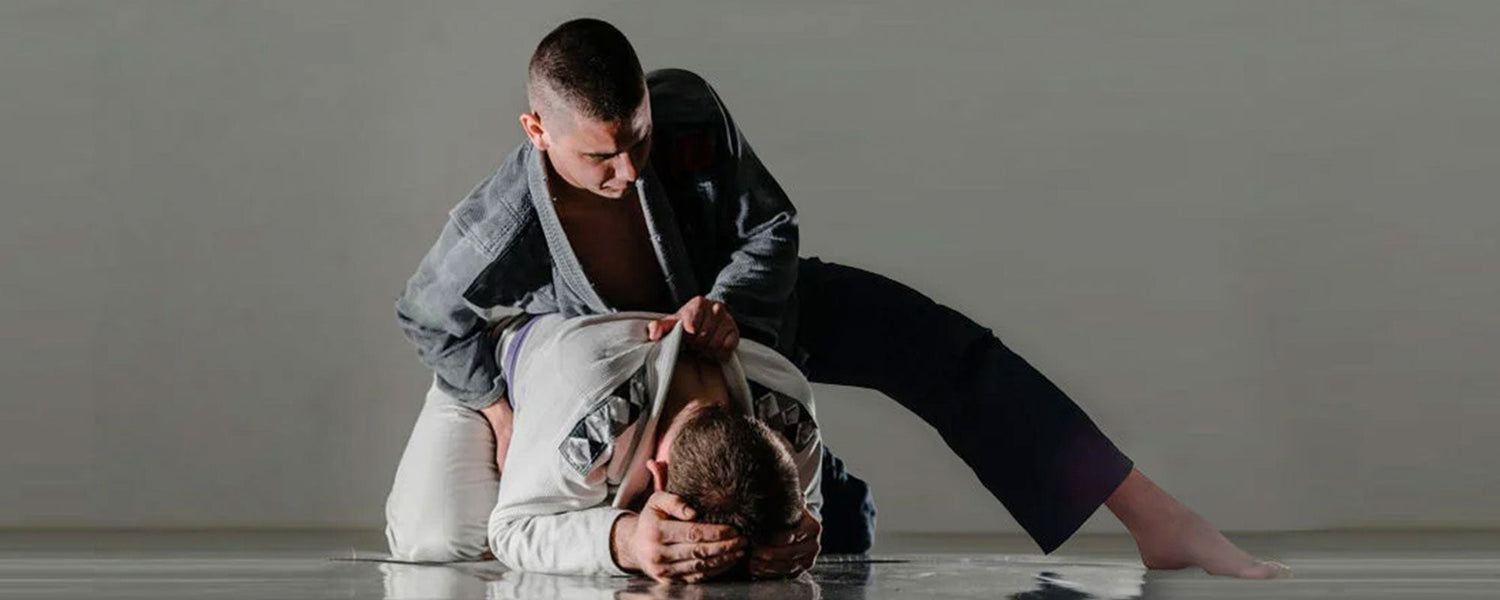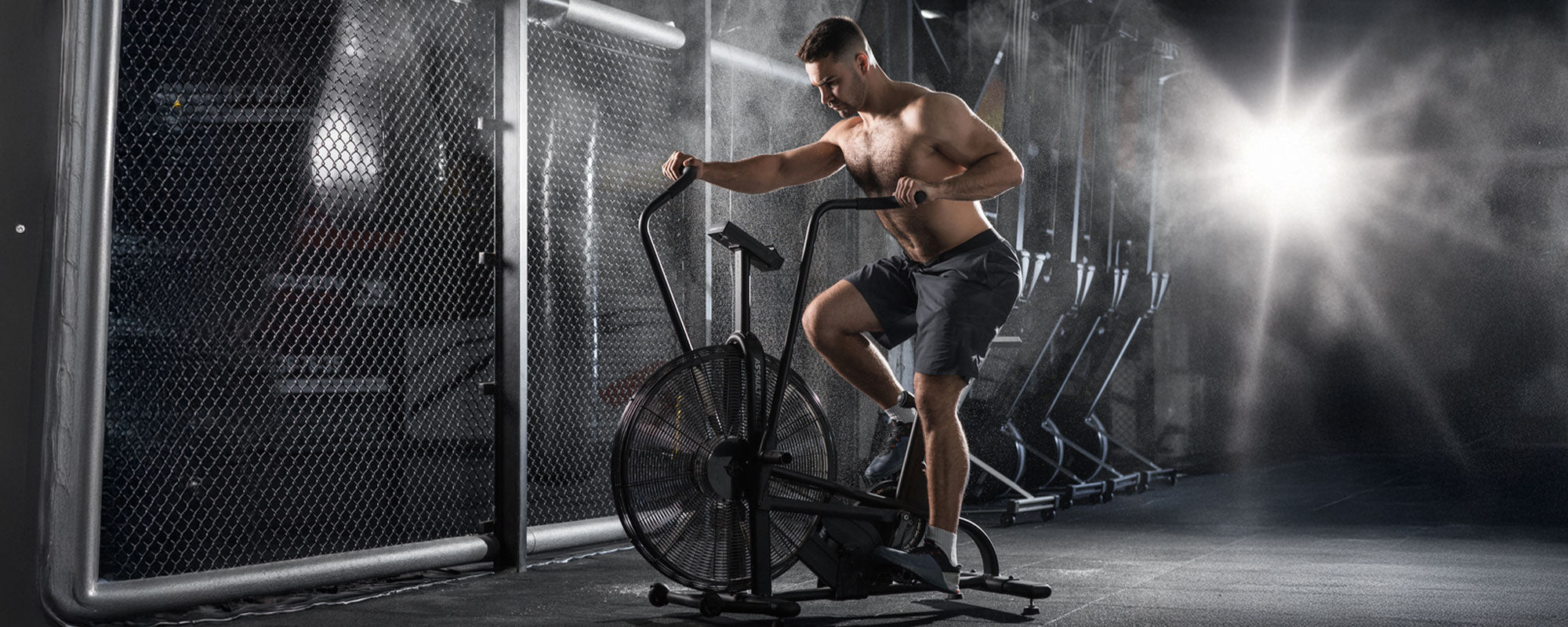Table of content
If you can't defend yourself, relying solely on offense won't get you far in a sport like Brazilian Jiu-Jitsu. Learning about the critical defensive techniques and positions is vital for every BJJ practitioner to give a tough time to their opponents and defend themselves in the most effective way.
In BJJ, we hear people talking about only attacking techniques like arm locks, leg locks, chokes, and submissions more often than the defensive techniques and tactics to prevent opponents from attacking you or winning any points in battles.
Turtle guard is one of the best-known defensive positions in BJJ, and every BJJ fighter should learn to have a strong defense against their opponents in all kinds of competitions.
Also read: Top 5 Positions for BJJ Beginners
In this post, you will learn about every aspect of this defensive position that can help you prevent yourself from getting trapped by your opponents during training or competitions, both in Gi BJJ and No-Gi BJJ.
1. What is The Turtle Position?
The turtle position is adopted from Judo, where it is considered the mother of all defensive positions. However, in BJJ, considering the competition and game rules, it offers much more than what it offers in judo. Turtle guard is one of the most effective ways to get your opponent off guard and attack from an unexpected position.
In this position, one fighter gets on his hands and knees with his head tightly tucked in, and the other fighter usually gets on top or behind him. The basic purpose of this guard position is to prevent your opponent from attacking you.
2. Benefits of the Turtle Position
There are plenty of benefits to putting yourself into the turtle guard. A few of the important ones are listed below.
- This is a great way to defend against aggressive attacks by your opponents because it gives you time to catch your breath, replan your line of action, and consider your next move.
- The most important benefit of putting yourself into a turtle position is that your opponent will not get 3 important points for the guard pass, which can be a deciding factor in determining whether you win or lose a fight.
- This position also offers opportunities to regain your guard and to start with a more tight and secure guard. In other words, it gives you a second chance to correct everything you messed up previously.
- If your opponent is in your front, you can get a chance to get a takedown by grinding out of it. This will change the whole scenario of the fight.
3. Drawback to the Turtle Position
Though the turtle position is one of the most powerful positions, it can make you vulnerable to getting your back taken. Specifically, when you are rolling or competing with a player who is efficient at taking back, going for the turtle position can be a riskier thing.
The other opportunity that turtle guard provides to your opponents is the exposure of your legs, which allows them to go for leg locks such as ankle locks that can make you tap out.
These are big flaws related to the turtle position. However, you can avoid such things by using this position at the right time and at a suitable speed.
4. How to Attack From Turtle Position?
Though the turtle position is primarily used for defense, it can also be used to launch an attack on your opponent in order to gain a top position and go for other submission techniques.
To start your attack from turtle guard, go for hooking your opponent’s near side leg. While doing so, if you are able to make use of the inside arm, you should go for it. It will help you get better control over your opponent.
After that, go rolling over your outside shoulder while holding tight on the leg. In this way, you are actually performing a victor roll from the knees, which means that you will end up with a tight knee bar once the roll ends.
In addition, you can also get an opportunity to go for a cool kimura straight off the rolling escape. As you start to shoulder roll, you must ensure that you are controlling your opponent’s outside arm with your outside arm.
Meanwhile, when you are halfway through the Granby roll, sneak in with your other hand to lock a figure-four grip on your opponent’s arm. Once you get a grip, keep turning until you end up in topside control. From this position, the finishing will be as easy as a regular kimura.
5. Techniques to Attack the Opponent in Turtle Guard
Attacking a fighter who is in turtle guard can be a nightmare if you do not know the right techniques, even if the opponent does not know much about it. Here are some effective techniques to attack your opponent who is in turtle guard.
5.1. Sneaky Leg Lock
The sneaky leg lock is one of the legal ways to attack your opponent in turtle position, besides being complicated and effective. You can use this technique in both Gi BJJ and No-Gi BJJ competitions. This technique has been found to be effective where other turtle attacks fail to do the job for grapplers.
The most common mistake that most people make while attacking the turtle is ignoring the legs of their opponent. In this position, the legs are one of the most exposed parts of the body that one can use to their advantage.
To launch this attack, you have to start from a side position again by hooking your opponent’s near leg with your near leg to make this attacking technique work for you. With the aim of immobilizing your opponent, go knee-deep and pull it back in your direction. The arm of the same side should go under your opponent's other leg’s ankle to execute the gable grip. From here, a little twist in your arm will make your opponent tap out.
5.2. The Gerbi Choke
Since the turtle position has its roots in Judo, Judo also provides solutions to attack opponents in turtle positions, and the Gerbi Choke is one of the best techniques developed by the Judoka, Yarden Gerbi. She modified the Peruvian necktie and made it one of the nastiest chokes that you can see practiced in both Judo and BJJ.
In BJJ, this move is performed from the front. It has been witnessed that it works better than a lot of other front head locks as it only requires a lapel instead of arms. To execute this choke, you have to pass your own lapel around the head of your opponent to get a highly tight Peruvian necktie with your Gi. In BJJ, this counts as one of the inescapable attacks and is completely legal.
For a further understanding of how the Gerbi Choke works against the turtle guard, the following video by Ivo Dos Santos can help.
5.3. Lapel Nastiness
This is also performed in a similar fashion to the Gerbi Choke. This technique is very effective in Gi BJJ fights as it requires you to use the lapel of your own Gi to make it work. This attacking technique is also done by the side.
To perform it, you need to create an opening between the shoulder and neck of your opponent. From here, you will use your far lapel side with the purpose of creating a noose around your opponent’s neck. To complete the choke, you just need to pass the lapel to your other arm for a second before you pass it back to the starting arm over your opponent’s neck and pull to the choke. The following video by ZombieProofBJJ can help you understand this turtle attacking technique better.
5.4. Unexpected Rear Triangle
The rear triangle is one of the craziest attacks that also works well against the turtle guard. This is very effective in both gi and no-gi BJJ practices. This starts with getting behind the turtled opponent and getting a seat belt grip to go for the rear triangle. To perform it effectively, you will need to modify your grip a little bit by including a leg under your arm that is over your shoulder.
From this position, it is easy to complete the triangle as you just have to sit on top of your opponent and fall to your side to set up the triangle. For a better understanding of this attacking technique against turtled opponents, watch the following video by Matrix Jiu-Jitsu.
6. Defending The Turtle Position
Defending the turtle positions is as important as attacking the turtle guard is. If you are unable to retain your guard, you can go to the turtle position. However, being able to defend submissions and attempts to back-take is essential for that purpose.
To be good at the turtle position, being able to defend hooks plays a great part, as some people allow their opponent to get inches from their back, taking and keeping their second hook away to retain their guard.
Here is one interesting point: to break your turtle position, opponents need to create space in order to make their moves work. Here is your chance to get out of the turtle position or to get into any comfortable guard position. Furthermore, the turtle position can help you frustrate your opponents, which will lead to opportunities to defend and counter.
7. Escaping From the Turtle Position
While having the ability to withstand all types of attacks from the turtle position, it is also essential to find ways to get out of this position to continue the grappling. That is where the escapes become effective. They will allow you to regain your guard, stand up, and even sweep.
One thing about being a BJJ fighter that you should keep in mind is that while defending your turtle position, do not make any moves unless you are sure where you and your opponent will be at the end of the move. That is why this position requires patience so that you get your opponent frustrated and make mistakes to provide you with opportunities to get out of turtle and go for counters.
One of the major mistakes that many grapplers make while escaping from the turtle position is going to another defensive position. They also ignore the stand-up position, which is one of the easiest escapes that a BJJ fighter can do, especially when the opponent is moving around their turtle. Going for the stand-up escape always surprises opponents and helps fighters get into a neutral position.
Recovering from guard is another effective way that becomes quite easy when your opponent starts creating space to go for an attack. Here is your chance to identify which side your opponent is on and fall with your hips on the opposite side. You can also go for inversions if you want to go for counter-attacking, which can help you go for a wide range of sweeps, submissions, and transition options.
8. Takeaway
Being a BJJ practitioner, you must be aware of the importance of defense in the sport, as it can be a major determinant of your success or defeat. Turtle guard is one of the most effective defensive positions that can help you prevent all kinds of attacks that your opponent can make on you. The above discussion about this incredible defensive position can help you improve your defensive skills and gain time to rethink your game and line of attack to turn the table in your favor.












Leave a comment
This site is protected by hCaptcha and the hCaptcha Privacy Policy and Terms of Service apply.